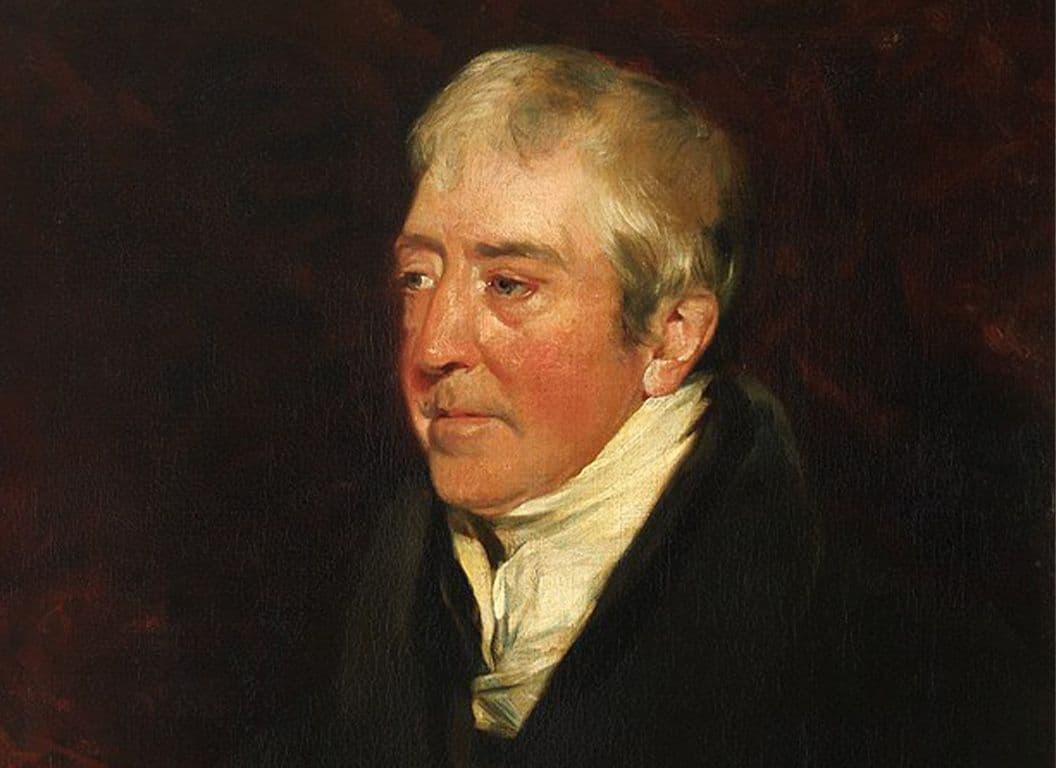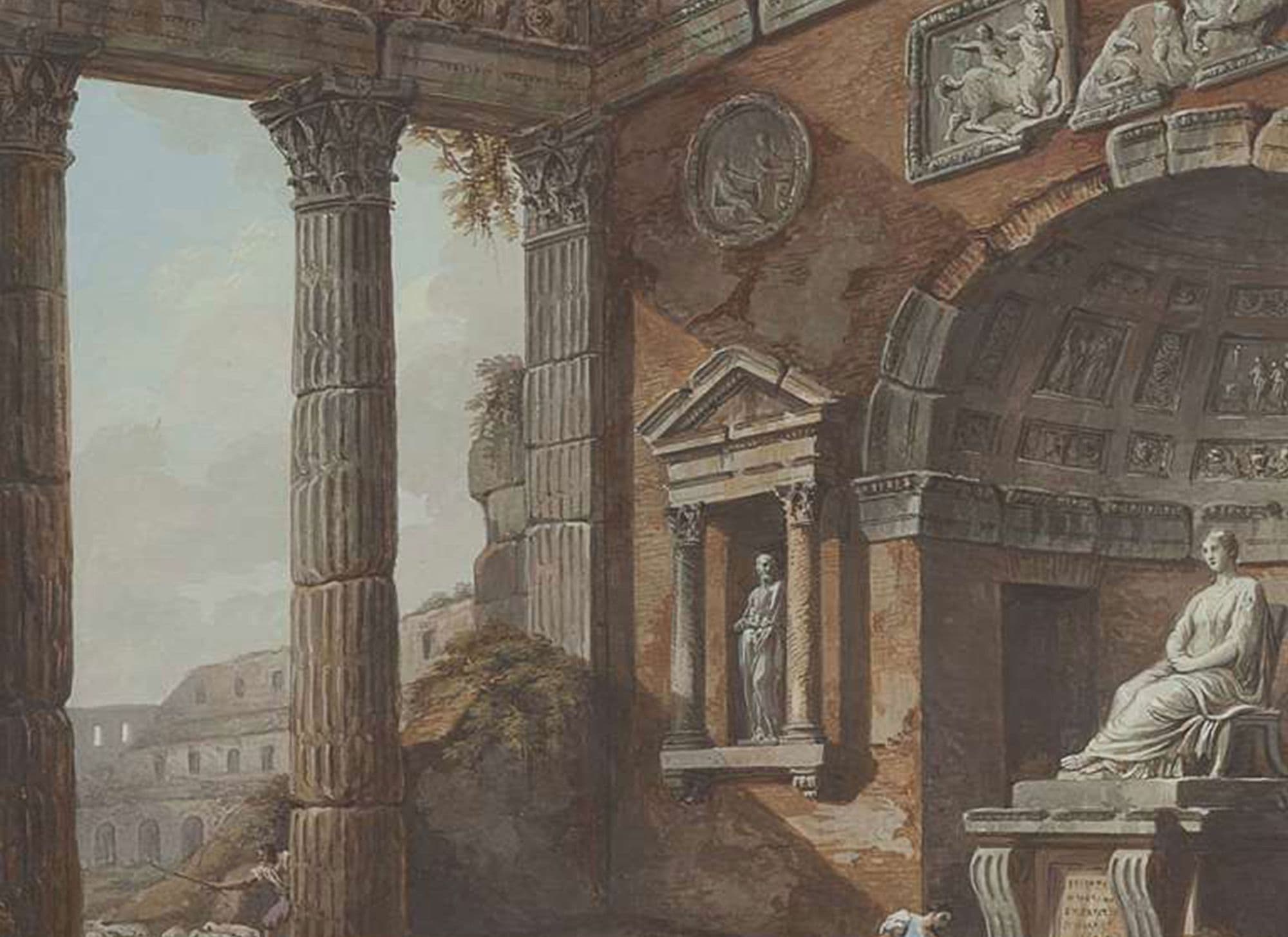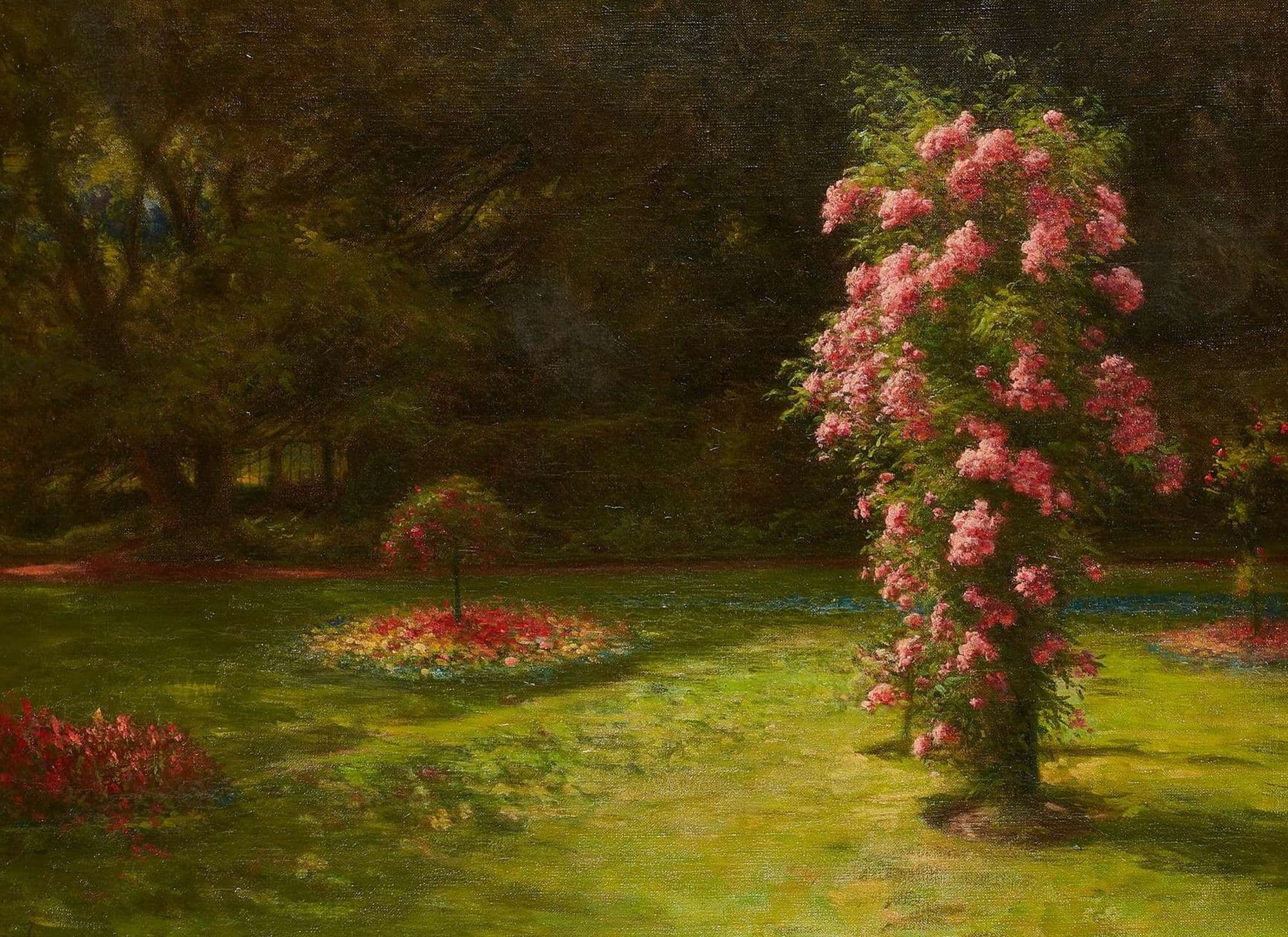Alexander Fraser was David Wilkie’s most accomplished protégé, and many of his major genre paintings bear close comparison with those of his celebrated mentor.
The two first encountered one another in Edinburgh in the opening years of the nineteenth century, both studying under John Graham at the Trustees’ Academy, then the leading institution for artistic training in Scotland. Wilkie’s precocious talent brought him swift recognition and a move to London, where he achieved remarkable success at the Royal Academy. In 1813 Fraser joined him there, initially working as his assistant.
Within Wilkie’s studio, Fraser was entrusted with the execution of many of the intricate still-life passages—food, furnishings, and other domestic details—that so enlivened his master’s canvases. This grounding not only refined Fraser’s technical skill, but also provided an apprenticeship in the compositional and narrative strategies that defined British genre painting of the period. Yet Fraser was far more than a studio hand. Alongside his contributions to Wilkie’s work, he developed a substantial body of independent paintings in his own right, specialising in scenes of everyday Scottish domestic and rural life.




